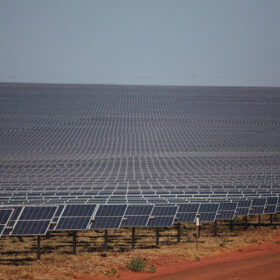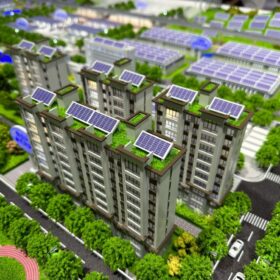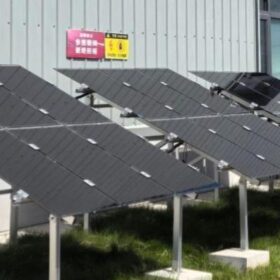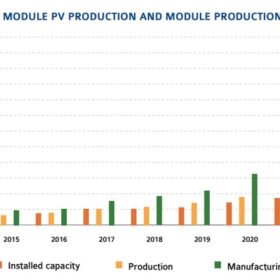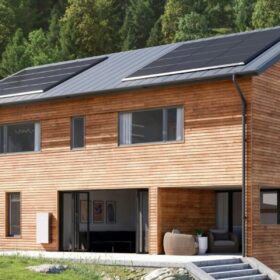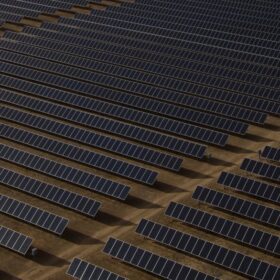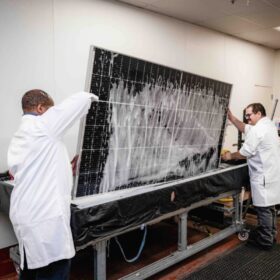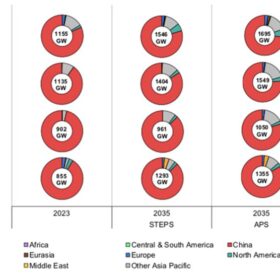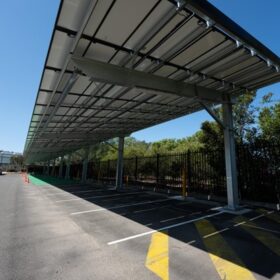Global installed PV capacity tops 2 TW
The Global Solar Council says global installed photovoltaic capacity has surpassed 2 TW. The organisation says an additional 4 TW of solar capacity will likely be deployed by 2030.
Global PV demand to hit 469 GW and 533 GW this year, says PV Infolink
PV InfoLink says that Chinese solar demand will reach between 240 GW and 260 GW this year, while European demand will hit 77 GW to 85 GW.
Researchers build all-perovskite tandem solar cell with 28.2% efficiency
Researchers at the Australian National University are part of the international team that has built an all-perovskite tandem solar cell based on a wide-bandgap top perovskite cell with a 20.5% efficiency. The 1 cm2 scale tandem device achieved the highest efficiency yet reported for all-perovskite solar cells of this size.
Solar manufacturing facing substantial pressures, says IEA-PVPS
The International Energy Agency Photovoltaic Power Systems Programme says in its latest report that 2023 was a record-breaking but tumultuous year for solar development. It says the manufacturing industry faces pressure from supply-demand imbalances, with overcapacity causing prices to collapse.
Tesla releases Powerwall 3 expansion units for more capacity at lower price
Each expansion unit adds another 13.5 kWh of storage capacity to the original installation with a maximum of three such units connected to a single Powerwall. Now available in the United States, the new product comes at a lower cost and slashes installation time by roughly half to 22 minutes.
Utility-scale solar additions hit 46.8 GW since start of 2023, says Wiki-Solar
PV data consultancy Wiki-Solar says the world’s top solar developers have added nearly 50 GW of new solar capacity since early 2023, raising their cumulative capacity to 146.7 GW – more than one-fifth of the global total.
On the small side: module power output distortion on rise
A study by German research institute Fraunhofer ISE has revealed a troubling trend. Data shows that modules are increasingly attributed higher power ratings than they actually have. Though the percentages are incremental, it all
adds up.
Neara banks $45 million to expand its global utility partnerships
Sydney-headquartered climate tech platform Neara has secured $45 million in Series C funding to aid expansion into global markets of its AI-powered predictive modelling software, which helps utilities navigate clean energy transition complexities.
PVEL scorecard shows ‘relevant risks’ for TOPCon technology
The results of this year’s Kiwa PVEL scorecard have shown that TOPCon technology is more vulnerable than PERC, and the failure rate at bill of materials has increased to 41%, the highest in history, according to the testing lab.
Solar module manufacturing capacity could exceed 1.5 TW by 2035, says IEA
The International Energy Agency’s latest report, which maps out the future evolution of clean energy manufacturing, says the combined global market for PV, wind turbines, electric cars, batteries, electrolysers, and heat pumps will rise from $1 trillion in 2023 to more than $3 trillion by 2035.
